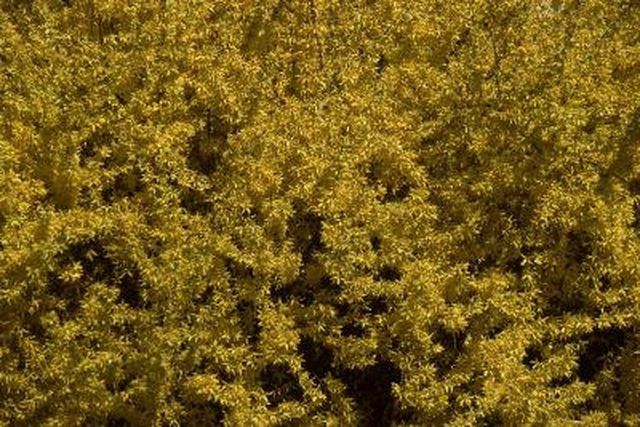Bulbs
Flower Basics
Flower Beds & Specialty Gardens
Flower Garden
Garden Furniture
Garden Gnomes
Garden Seeds
Garden Sheds
Garden Statues
Garden Tools & Supplies
Gardening Basics
Green & Organic
Groundcovers & Vines
Growing Annuals
Growing Basil
Growing Beans
Growing Berries
Growing Blueberries
Growing Cactus
Growing Corn
Growing Cotton
Growing Edibles
Growing Flowers
Growing Garlic
Growing Grapes
Growing Grass
Growing Herbs
Growing Jasmine
Growing Mint
Growing Mushrooms
Orchids
Growing Peanuts
Growing Perennials
Growing Plants
Growing Rosemary
Growing Roses
Growing Strawberries
Growing Sunflowers
Growing Thyme
Growing Tomatoes
Growing Tulips
Growing Vegetables
Herb Basics
Herb Garden
Indoor Growing
Landscaping Basics
Landscaping Patios
Landscaping Plants
Landscaping Shrubs
Landscaping Trees
Landscaping Walks & Pathways
Lawn Basics
Lawn Maintenance
Lawn Mowers
Lawn Ornaments
Lawn Planting
Lawn Tools
Outdoor Growing
Overall Landscape Planning
Pests, Weeds & Problems
Plant Basics
Rock Garden
Rose Garden
Shrubs
Soil
Specialty Gardens
Trees
Vegetable Garden
Yard Maintenance
Where to Plant Forsythia: Sun or Shade?
Where to Plant Forsythia: Sun or Shade?. Forsythia blooms in early spring with bright yellow flowers which only grow out of the old wood. The medium to dark-green leaves appear after the flowers. In the fall, this perennial shrub loses its leaves later than most other plants.

Forsythia blooms in early spring with bright yellow flowers which only grow out of the old wood. The medium to dark-green leaves appear after the flowers. In the fall, this perennial shrub loses its leaves later than most other plants.
History
The forsythia gained its name from a Scottish horticulturist, William Forsyth, who lived during the 18th century. This deciduous shrub came from China, Korea and Europe.
Growth Habit
This fast-growing shrub reaches a height of between 8 and 9 feet. It thrives in full sun where it produces an abundance of flowers. Forsythia can grow in partial shade, but it won't flower profusely like it does in full sun.
Geography
Before purchasing a forsythia, check with the USDA Plant Hardiness Zone Map to see if it thrives in your location. Many cultivars exist, but not all of them share the same cold hardiness. If you live in the colder Northern regions with temperatures reaching down to -30 degrees Fahrenheit, the cultivar Meadowlark can survive in your landscape.